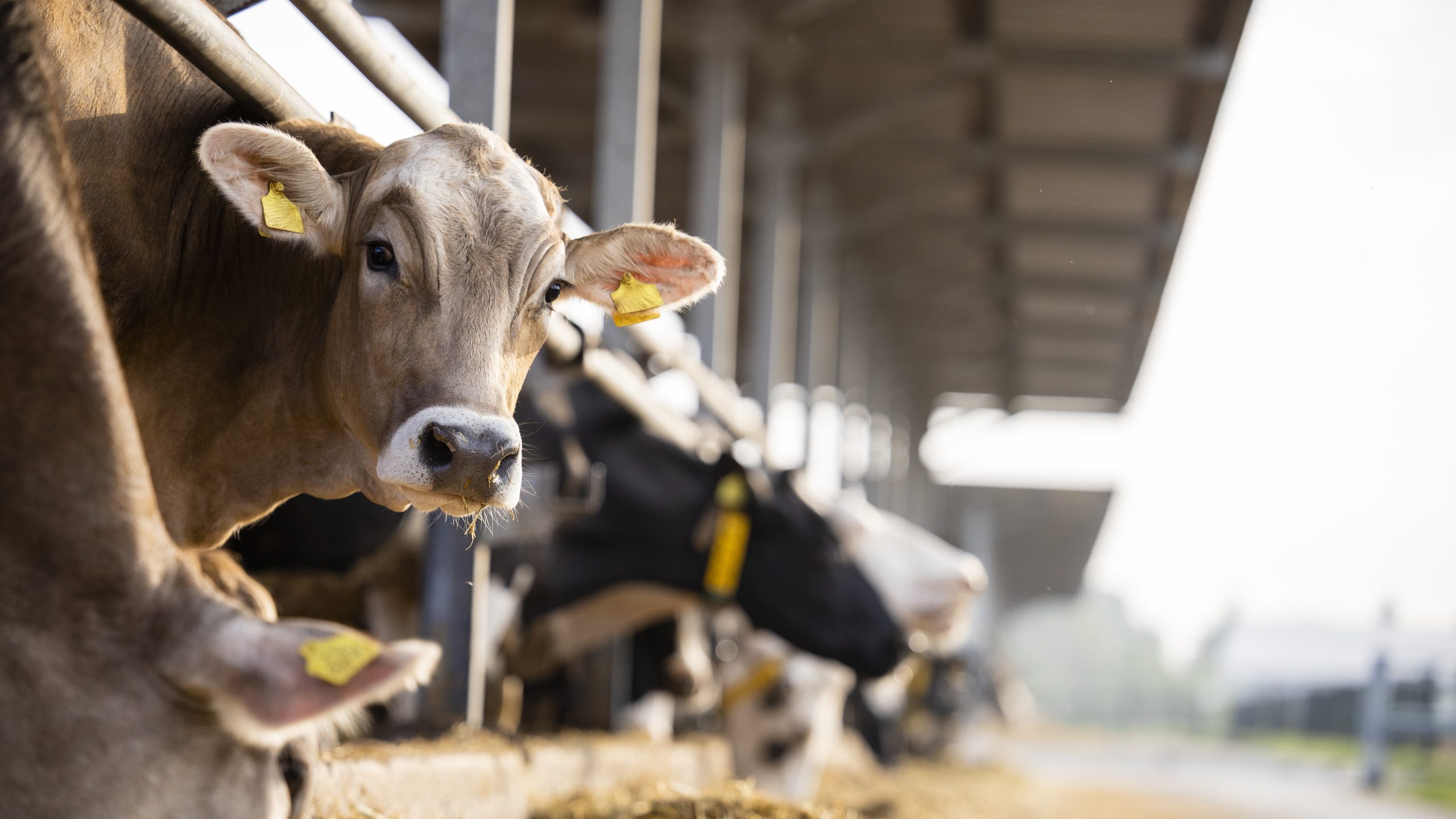What to know
- Bovine spongiform encephalopathy (BSE) is a fatal brain disease in cows that is caused by a prion.
- BSE caused a major outbreak in the 1980-90s, with cases reported in at least 24 countries.
- Most cases occurred in the United Kingdom, but many other countries also reported cases.
- Changes to feed policies have made BSE extremely rare.
- Animal health officials continue to monitor suspicious deaths in cows to watch for a potential BSE recurrence.

Causes and risk
BSE is caused by a prion, an infectious protein. Prions are misfolded forms of proteins normally found in the bodies of animals and people.
It typically takes years for symptoms to begin after an animal is infected with a prion.
Scientists believe BSE may have been caused by feeding cattle meat-and-bone meal that contained prion-infected products from cows or sheep.
There is strong evidence the BSE outbreak grew and spread throughout the U.K. when such infected feed was given to young calves.
Outbreaks
The United Kingdom
The first two cases of BSE were identified in cows in 1986 in the United Kingdom. The cows were likely infected in the 1970s.
The U.K. quickly became the epicenter of the outbreak. Overall, more than 184,000 cows in the U.K. died from BSE between 1986 and 2015. The outbreak was widespread, with more than 35,000 U.K. herds affected.
Cases peaked in 1993 at nearly 1,000 new cases per week. Cases deceased drastically after control measures were implemented. BSE cases are still reported occasionally but are very rare.
North America
The first North American BSE case was reported in 1993 in a cow imported into Canada from the UK. Rendered cohorts of this cow may have been responsible for 19 additional Canadian BSE cases beginning in 2003.
In addition, animal health officials have identified 6 BSE cases in cows in the United States. One was imported from Canada and is believed to have been infected there. The others were diagnosed with atypical BSE, which many researchers believe to be a sporadic illness not caused by contaminated feed.
Other countries
Outside the U.K., BSE was first reported in Ireland in 1989 and Portugal and Switzerland in 1990.
By 2005, the number of countries reporting BSE among native cattle increased to 24, with the majority in Europe.
Control measures
Animal health officials eventually determined BSE-infected cows had eaten feed made from other cows that died from prion disease. This led to feed bans in multiple countries, which drastically reduced the number of BSE cases reported.
Early efforts to control the BSE outbreak focused on culling (killing) sick animals to prevent them from entering the food chain.
The UK implemented the most stringent control measure - excluding animals >30 months old from the human and animal food supplies. It also included a ban on using meat from around the animals' spinal columns since prions affect the nervous system. The programs - along with bans in other countries - have prevented additional BSE outbreaks.
Occasional cases still occur, but they are very rare.
Risk to people
Strong evidence exists that consuming meat from BSE-infected cows causes variant Creutzfeldt-Jakob disease (vCJD) in people.
vCJD cases began in the U.K. about 10 years after BSE-contaminated beef likely made its way for an extended period into food produced for people. This is consistent with the time between when someone is exposed to a prion disease and when they develop one themselves.
As BSE has been largely eradicated, it is not thought to pose much risk to people currently.
- Bovine spongiform encephalopathy in a dairy cow — Washington state, 2003MMWR. January 9, 2004;52(53):1280-1285.
- Preliminary Investigation Suggests BSE-Infected Cow in Washington State Was Likely Imported from Canada (Note: Statement is found under the 2003-Washington State tab.)(Dec. 29, 2003)
- Bovine Spongiform Encephalopathy and Variant Creutzfeldt-Jakob Disease: Background, Evolution, and Current ConcernsEID. January-February 2001; 7(1):6-16.
